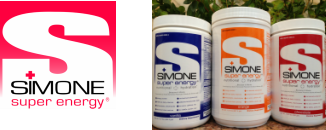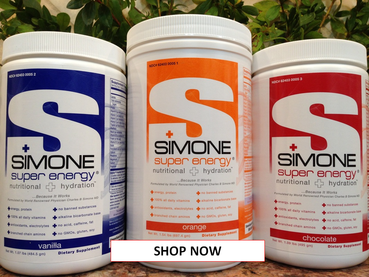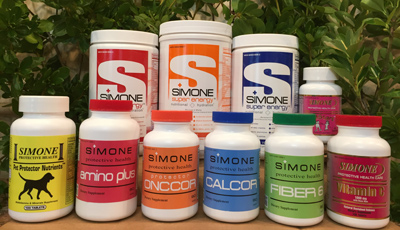4/21/16
We do not diagnose disease or recommend a dietary supplement for the treatment of disease. You should share this information with your physician who can determine what nutrition, disease and injury treatment regimen is best for you. You can search this site or the web for topics of interest that I may have written (use Dr Simone and topic).
“We provide truthful information without emotion or influence from the medical establishment, pharmaceutical industry, national organizations, special interest groups or government agencies.” Charles B Simone, M.MS., M.D.
CINNAMON IMPROVES GLUCOSE AND LIPID LEVELS
Lawrenceville, NJ (Dr Simone) – A study of 60 people with type 2 diabetes, 30 men and 30 women average age 52 years, were randomly divided into 6 groups. For 40 days, Group 1 received 1 gram of cinnamon daily, Group 2 received 3 grams daily, and Group 3 received 6 grams daily. The other three groups received placebo. Then no cinnamon or placebo was given for the next 20 days. Cinnamon or placebo was taken immediately after meals. Cassia cinnamon was used in this study. Blood samples were collected on days 0, 20, 40 and 60.
All cinnamon doses reduced the fasting serum glucose (18–29%), triglyceride (23–30%), LDL cholesterol (7–27%), and total cholesterol (13–26%) levels. No significant changes were noted in the placebo groups. There were no significant changes in HDL cholesterol. Hence, the intake of 1, 3, or 6 grams of cinnamon per day reduces serum glucose, triglyceride, LDL cholesterol, and total cholesterol in people with type 2 diabetes. Consuming cinnamon for more than 20 days was more beneficial than shorter use to reduce these blood levels. And these lower glucose and lipid levels are maintained even during the 20 day period when people did not consume cinnamon.
Cinnamon increases insulin sensitivity and glycogen synthesis, and is a potent antioxidant. Other spices like cloves, bay leaves, and turmeric all increase insulin sensitivity.
WARNING: COUMARIN IS FOUND IN CINNAMON
Cinnamomum zeylanicum, also known as Cinnamomum verum, is native to Ceylon (Sri Lanka). Cinnamomum cassia comes from China and Southeast Asia. Cassia cinnamon is generally found in supermarkets and health food stores because it is less expensive than Ceylon cinnamon. Cassia cinnamon, used in this study, is often used in clinical studies.
Coumarin is present in cassia cinnamon from China, Vietnam or Indonesia. Cinnamon from Ceylon has much lower levels of coumarin. Coumarin in high doses can cause liver damage and is used by the pharmaceutical industry as a precursor to making anticoagulants – although coumarin itself that occurs naturally in plants, has no anti-coagulation effects. The active ingredient in cinnamon that lowers blood sugar is water soluble but coumarin is not. So you could pour boiling water on the cassia cinnamon using a paper coffee filter to extract the coumarin. Alternatively, there are water-soluble cinnamon extracts sold in health food stores that have been purified.
The European Union passed limitations on the amount of coumarin but the US Food and Drug Administration has not.
(c) 2017 Charles B. Simone, M.MS., M.D.



